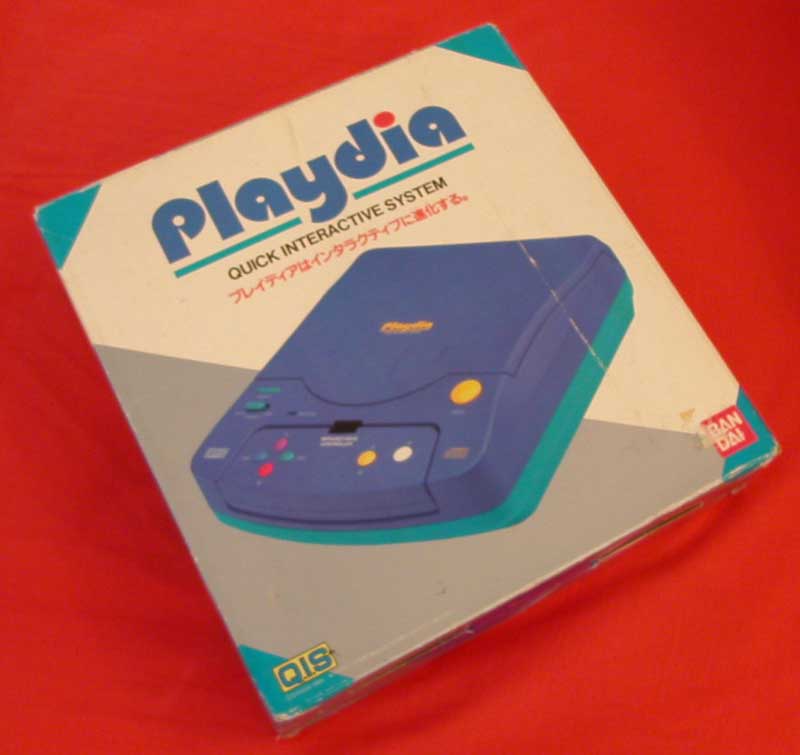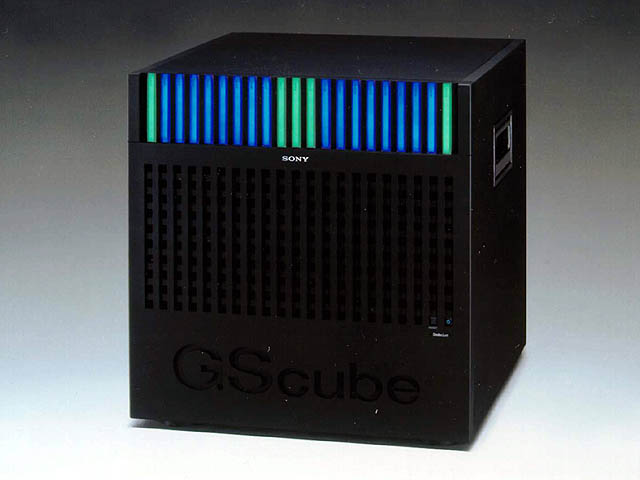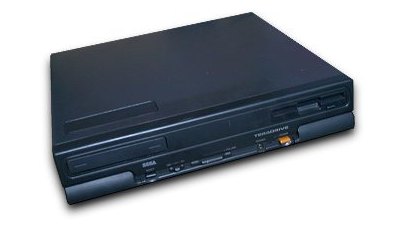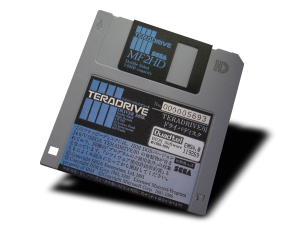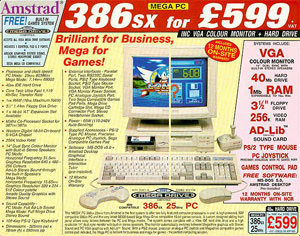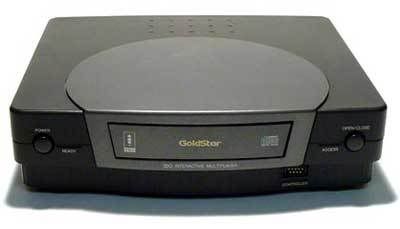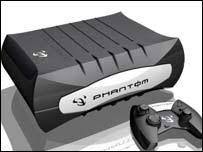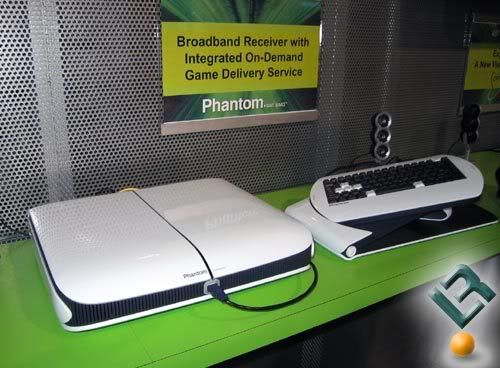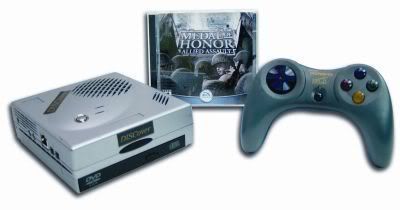Hellraizah said:The Atari Mirai

Rumored to be in development in conjunction with SNK.
BTW The Atari Mirai was something *before* the first incarnation of the Atari Panther.
There were rumors of an Atari ST based console. This would've been natural because of the other computers that were used as the basis of consoles (FM Towns computer used as the basis of FM Towns Marty console. Amiga 500 computer used as the basis of the CDTV multimedia console. Amiga 1200 with AGA graphics used as the basis of the CD32 console.).
Anyway, the expected Atari ST console never happened. So what WAS Mirai? Some speculate it was going to be an Atari-badged NEO-GEO. Look at that HUGE cartridge slot, HELLO? Although it turned out that Mirai was *not* an Atari NEO-GEO, here are some articles that mention that possibility.
http://www.atarihq.com/museum/miscatari/mirai.html

This one has all of us perplexed. Judging by its XE Game System-like design and liberal use of pastel colors, we reckon that Mirai was a mock-up of a proposed late 80's game console. That's about the extent of it. If it weren't for the faceplate with "Mirai" written on it, we wouldn't have a clue of anything about this thing.
At first, we thought that it might be an early mock-up for a game machine based on the ST line of 16 and 32-bit Atari computers. Upon further inspection, however, we noticed the massive size of the cartridge slot... it's HUGE! Then we began to wonder if it wasn't something that Atari and SNK were discussing behind the scenes -- an Atari version of the Neo Geo, perhaps? Well, the Mirai's cartridge port would effortlessly swallow an already-hulking Neo Geo cartridge and spit it out for lunch. What about the unreleased Panther machine? The color and design scheme doesn't fit the time frame in which Panther was being developed (early 1990's). We're going to stop splitting our hairs over this one, and let you guys theorize on what this darned thing is. The only other thing worth noting is that Mirai means "future" in Japanese.
http://www.videogex.com/hotstuff.htm
the Atari Mirai which is rumored to be the design for the game system based on the Atari ST computer lines

http://www.atari7800.com/html/documents_articles_10.htm
8.) SNK, (Shin Nihon Kiaku Corporation) which is best known for their Neo Geo line of arcade and home gaming products, was based just yards across the street from Atari Corporation in Sunnyvale, California. On many occasions during the early 1990's SNK and Atari had worked together on a few interesting undisclosed projects. It is believed that the mysterious Atari MIRAI mockup game system was the ultimate product of this union, possibly being the "Neo Geo for the masses" while being marketed under the more familiar Atari brand name. The MIRAI featured XEGS-like styling and a massive cartridge port which could easily swallow a Neo-Geo sized cartridge.
Atari Mirai
We came across a prototype mockup of Atari Mirai at the Classic Gaming Expo. The Mirai is apparently an enigma to many since there is really no information about it. There are many who feel that the Atari Mirai may have been meant as a console conversion of Ataris ST line of computers. This may be since it so closely resembles the Atari XEGS, which is a console conversion of Ataris 65XE line of computers. Such a guess is understandable since both units share the same pastel like color scheme. However, Atari never produced cartridge software for their ST computers. The Atari Mirai clearly displays a cartridge port (an enormous port as you may be able to tell).
Another guess was that the Mirai was another mock-up for the Atari Panther, but many disagree since the design does not appear to match (Particularly for a console in the 1990s. It is believed the mock-up appeared in the 1980s).
Possibly the most interesting guess is that Atari Mirai may have been meant as home port of SNKs MVS arcade system. There are a few facts that seem to point in that direction. For example, look at the cartridge port. This port can easily handle the MVS / Neo Geo sized cartridges. In the late 1980s, Atari and SNK were corporate neighbors both residing across the street from one another in Sunnyvale California. Both companies were no strangers to each other. Both collaborated to port SNKs arcade hit Ikari Warriors, and other undocumented items were also reported. Also look at the name Atari Mirai. Mirai is the Japanese word for Future. Why would Atari use a Japanese name? Ataris other consoles either used numerical names, used wife names for developing units, or felines (In the case of Panther and Jaguar). The Neo Geo was released in 1990. It may have very well been that SNK may have thought to partner up with Atari in order to insure a successful home market launch. Such a concept may seem far fetched, but hey Nintendo almost had Atari release the Famicom
All in all the Mirai remains a mystery. An interesting console enigma


http://www.neo-geo.com/forums/showpost.php?p=1430586&postcount=1
Okay, it is a well known fact that Atari had a deal in the works with Nintendo in the 1983-1984 timeframe, to bring the Famicom to the America under the Atari name. without going to the history of that, it all fell apart and Nintendo went their own way.
It is a much lesser known fact that Atari was, one way or another, trying to acquire the Sega Genesis. yeah the Genesis almost became the Atari Genesis, sometime in the 1988-1989 timeframe before Sega introduced the Genesis to America itself at Summer CES 1989.
So, I think it is very very very reasonable that Atari was in discussions with SNK in the 1989-1992 timeframe to either bring the NeoGeo over to the U.S. under the Atari name (in 89-90 obviously, before SNK did it themselves) or, make some sort of NeoGeo clone in the early 1990s, even after SNK introduced their NeoGeo AES.




